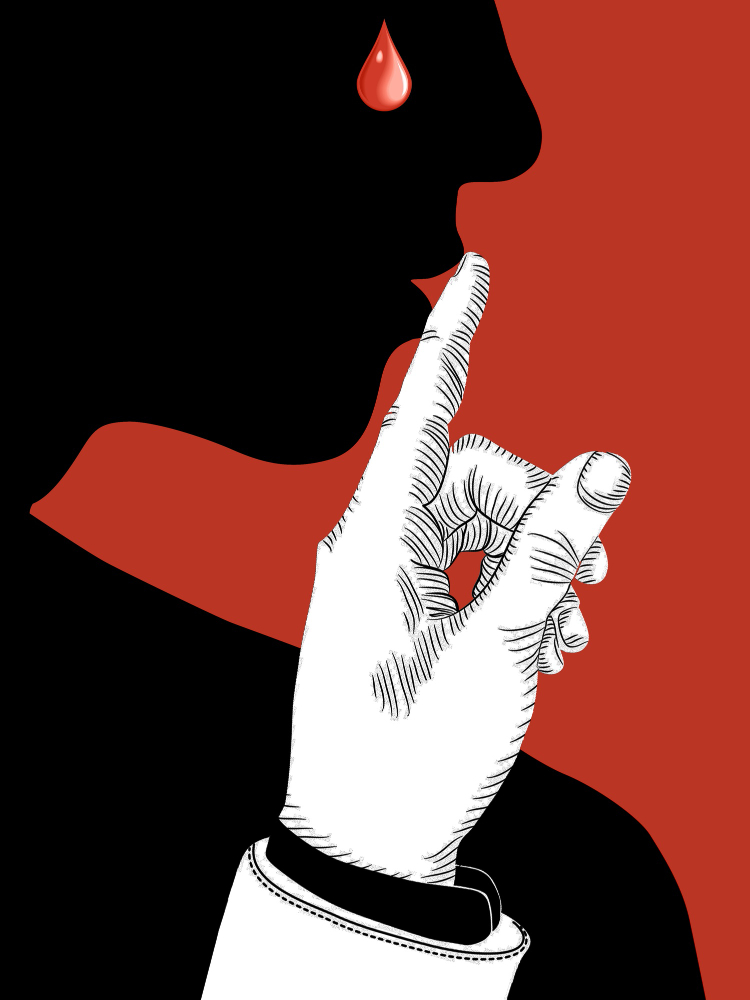Hentai, a popular genre of Japanese animated pornography, encompasses a wide range of themes and fetishes. One of its most controversial subgenres is “hentai shota,” which features young male characters in sexual situations. Due to its sensitive nature, this genre sparks intense debates about ethics, legality, and artistic freedom.
In this blog post, we will explore:
- The definition and origins of hentai shota
- The cultural and legal perspectives surrounding it
- The ethical debates and controversies
- The distinction between fantasy and reality
- The impact on the anime and hentai community
By the end, you’ll have a comprehensive understanding of why this genre remains one of the most contentious topics in anime and manga discussions.
What Is Hentai Shota?
Definition and Characteristics
Hentai shota (ショタ) refers to a subgenre of hentai that depicts young or adolescent male characters, often paired with older characters (male or female). The term “shota” originates from Shoutarou, a young boy character from *Tetsujin 28-go*, and has since evolved into a genre descriptor.
Key features of hentai shota include:
- Youthful character designs – Characters are drawn with childlike features (small stature, smooth skin, innocent expressions).
- Power dynamics – Often involves age-gap relationships, with an older dominant figure and a younger submissive one.
- Fantasy-driven narratives – Unlike real-world exploitation, hentai shota exists purely in fictional spaces.
Origins and Evolution
The roots of shota content can be traced back to early shounen-ai (boys’ love) manga in the 1970s, where androgynous young male characters were sometimes depicted in romantic or suggestive scenarios. Over time, as hentai became more explicit, the shota niche developed into its own category.
With the rise of the internet, hentai shota gained both popularity and notoriety, leading to stricter regulations in some countries.
Cultural and Legal Perspectives
Japan’s Stance on Hentai Shota
Japan has complex laws regarding explicit content involving underage characters:
- No outright ban on fictional depictions – While real child exploitation material is illegal, drawn or animated content exists in a legal gray area.
- Self-regulation in the industry – Many publishers and platforms impose restrictions to avoid legal issues.
- Local vs. international reactions – Western countries often condemn the genre, while Japan’s otaku culture tends to separate fiction from reality.
International Laws and Censorship
Many countries, including the U.S., UK, Canada, and Australia, have strict laws against lolicon (underage female characters) and shota content, classifying them as illegal under obscenity or child exploitation laws.
- The PROTECT Act (2003) in the U.S. criminalizes fictional depictions if deemed obscene.
- The UK’s Coroners and Justice Act (2009) bans any cartoon or manga depicting underage sexual activity.
- Australia’s strict censorship laws prohibit the importation of such material.
Despite these laws, enforcement varies, and underground communities continue to circulate shota content.
Ethical Debates: Fantasy vs. Reality
Arguments in Favor of Hentai Shota
- Freedom of Artistic Expression – Advocates argue that fictional content should not be censored as it does not involve real harm.
- Harm Reduction Theory – Some psychologists suggest that fictional outlets may prevent real-world offenses by providing a fantasy escape.
- Cultural Differences – Japan’s approach to fictional content differs from Western moral standards, leading to clashes in perception.
Arguments Against Hentai Shota
- Normalization of Harmful Fantasies – Critics argue that consuming such material could desensitize individuals to real child exploitation.
- Potential for Real-World Harm – Some believe that even fictional depictions can encourage predatory behavior.
- Moral and Social Responsibility – Platforms hosting such content may inadvertently support harmful ideologies.
Psychological Perspectives
Research on the effects of fictional underage content remains inconclusive:
- Some studies suggest no direct link between fictional content and real-world crimes.
- Others warn that reinforcing taboo fantasies could have dangerous implications.
The Impact on the Anime and Hentai Community
Industry Self-Regulation
Due to increasing international scrutiny, many hentai publishers and platforms have taken steps to:
- Restrict shota content on mainstream sites.
- Implement age verification systems to limit access.
- Censor or remove controversial works to comply with global standards.
Fan Community Reactions
The anime and hentai fandoms are divided:
- Purists argue for creative freedom and the separation of fiction from reality.
- Reformists push for stricter moderation to protect the industry’s reputation.
- Underground circles continue to share shota content privately, evading legal restrictions.
The Future of Hentai Shota
As global censorship tightens, the genre faces an uncertain future:
- Possible decline in mainstream availability due to legal pressures.
- Continued existence in niche spaces where enforcement is lax.
- Ongoing debates about where to draw the line between art and exploitation.
Conclusion: A Controversial Genre with No Easy Answers
Hentai shota remains one of the most polarizing topics in anime and hentai discussions. While some defend it as harmless fantasy, others condemn it for its disturbing implications. Legal and cultural differences further complicate the debate, making it unlikely to reach a universal consensus.
As consumers of anime and manga, it’s crucial to engage in critical discussions about the media we consume and its broader societal impact. Whether you view hentai shota as a problematic fetish or a form of artistic expression, understanding its complexities is key to navigating this controversial genre responsibly.
Final Thoughts
What do you think about hentai shota? Should fictional content be restricted, or does artistic freedom outweigh potential risks? Share your opinions in the comments below!

